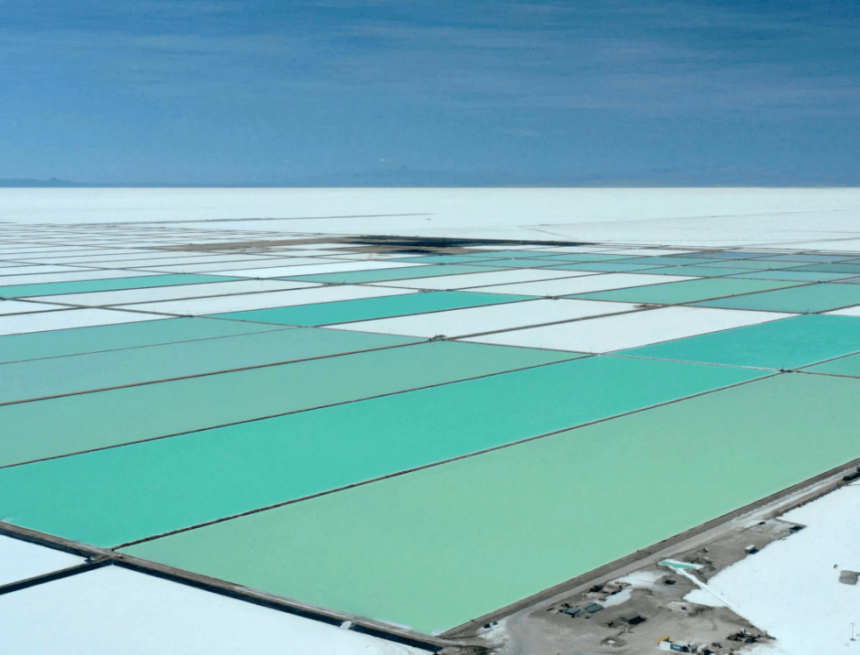Recent Alumina Price Surge in China
The alumina market in China recently experienced a dramatic surge, with the Shanghai Futures Exchange (ShFE) alumina price spiking 30% in the final weeks of December. It reached a peak of 3,838 yuan per metric ton on January 3. This dramatic increase was triggered by an explosion on December 18 at an oil terminal in Guinea’s capital, Conakry. Guinea is a significant bauxite supplier for China’s alumina refineries.
China’s dependence on Guinean bauxite has escalated over recent years, with imports increasing from a mere 334,000 tons in 2015 to 91 million tons in the first 11 months of 2023. Guinea now accounts for 70% of China’s total bauxite imports. This dependence was a key factor behind the market’s volatile response to the potential disruption of bauxite shipments from Guinea.
Tight Supply and Market Panic
The Chinese aluminium raw materials market was already under pressure due to government inspections leading to closures of northern bauxite mines and refineries shutting down for energy and emissions targets compliance. This strain on supply was further exacerbated by the Guinea incident, leading to panic in the local market.
The introduction of the ShFE alumina futures contract in June last year added a new layer of volatility. The recent price spike coincided with a substantial increase in trading volumes, indicating a significant realignment in hedge positions and increased speculative interest.
While the London Metal Exchange (LME) and the CME have launched alumina contracts, neither has gained significant traction. The ShFE’s alumina product, however, seems poised to become the leading price indicator for the global alumina market.
The recent upheaval in alumina pricing has had a ripple effect on both the Shanghai primary aluminium contract and the London market, with LME aluminium prices reaching their highest since April. Although prices have since stabilized, the incident underlines the increasing global sensitivity to supply chain disruptions, particularly those affecting China.
Looking Ahead
The incident serves as a reminder of the growing interconnectedness of global markets and the potential for localized events to have far-reaching impacts on commodity prices. As the world becomes increasingly reliant on a limited number of suppliers for critical raw materials, the likelihood of similar price volatility events in the future seems inevitable.






